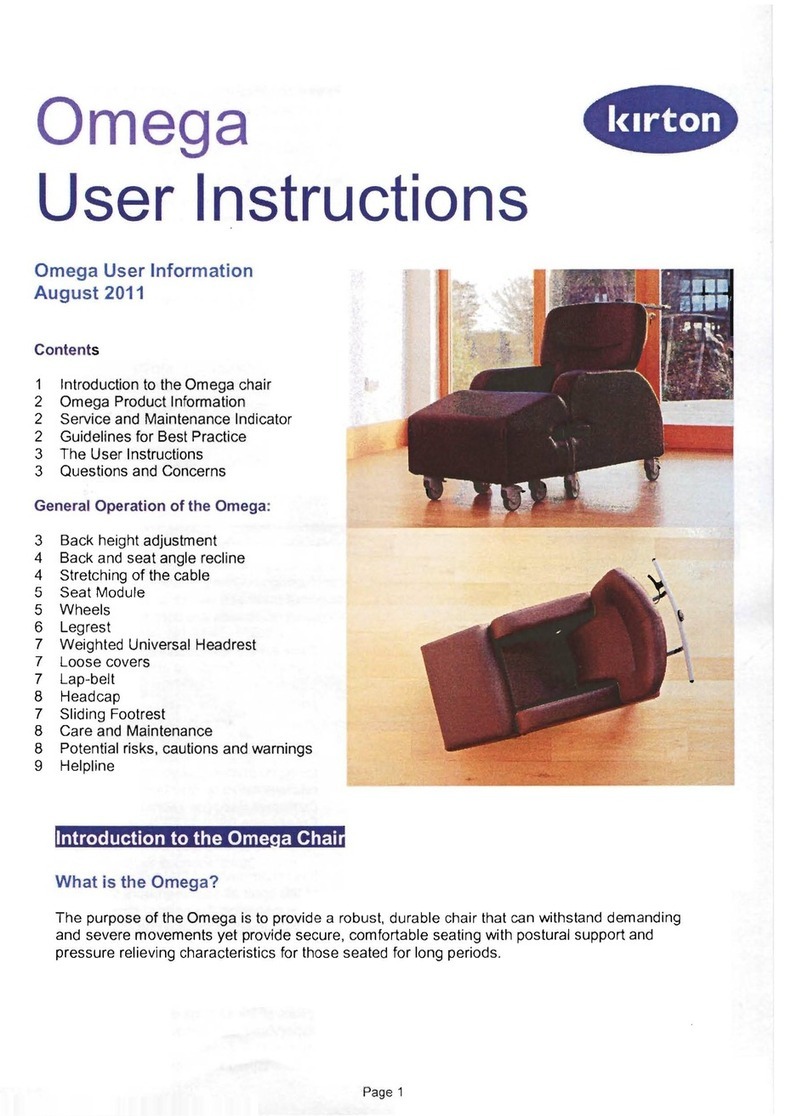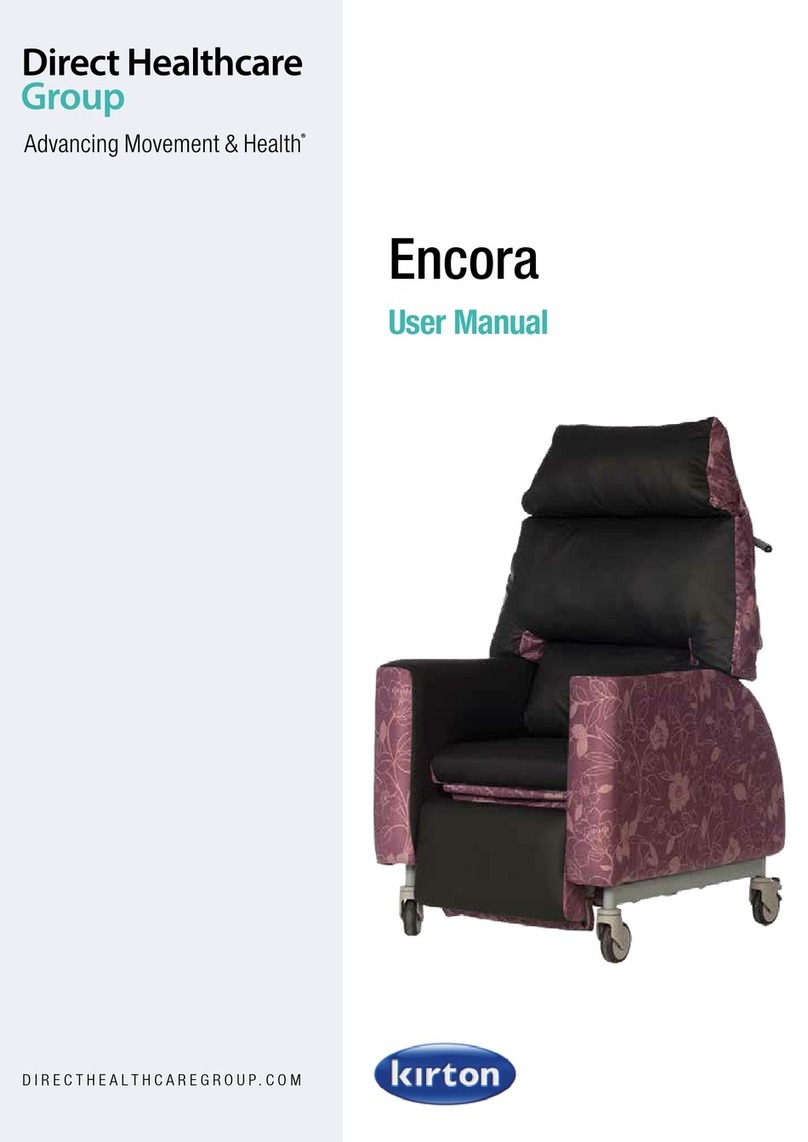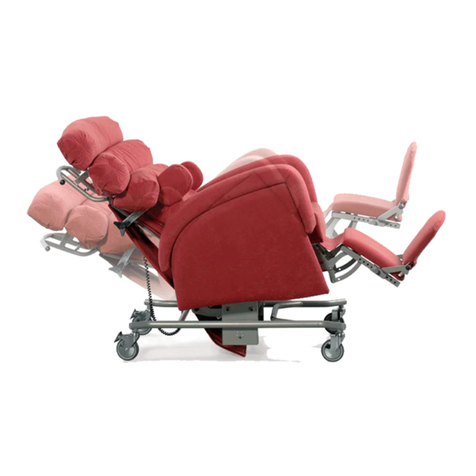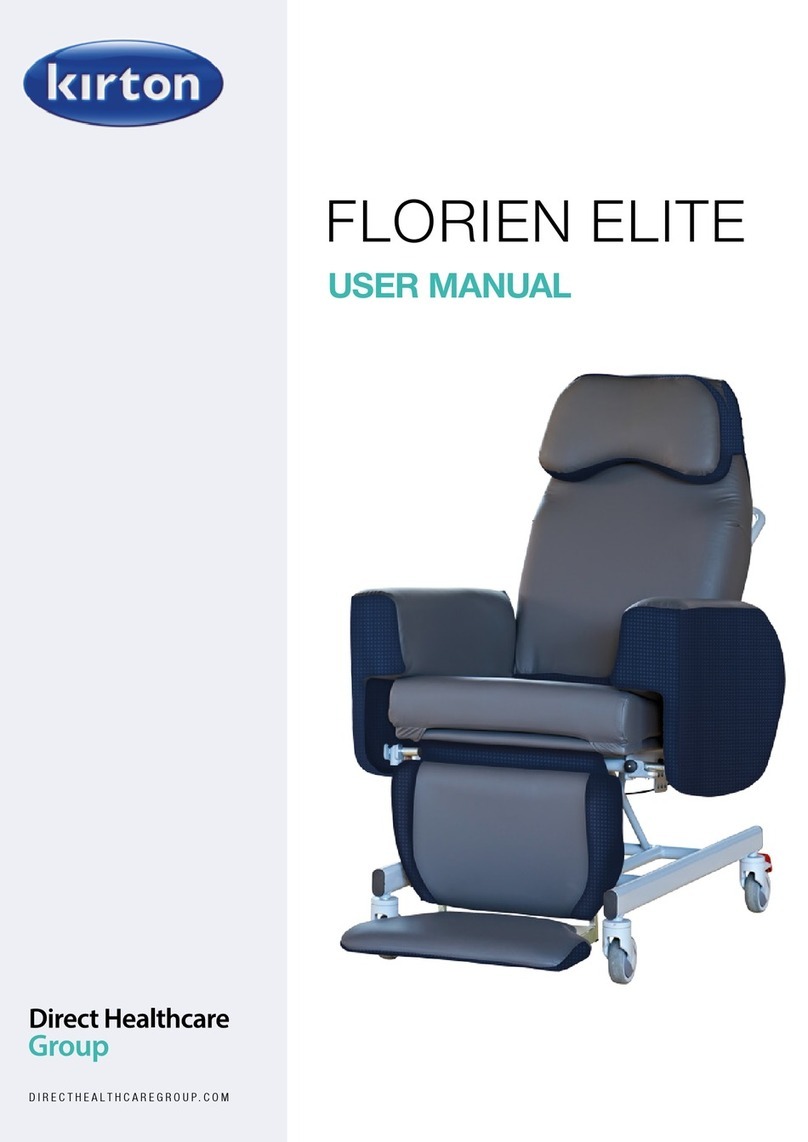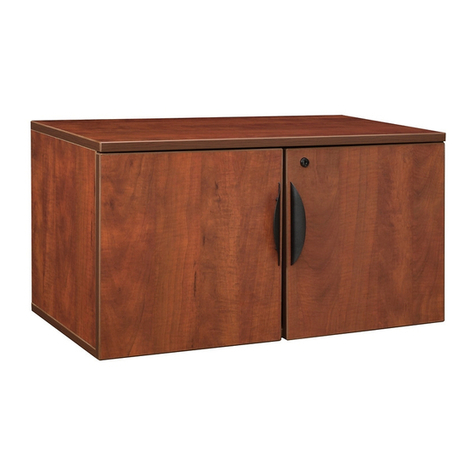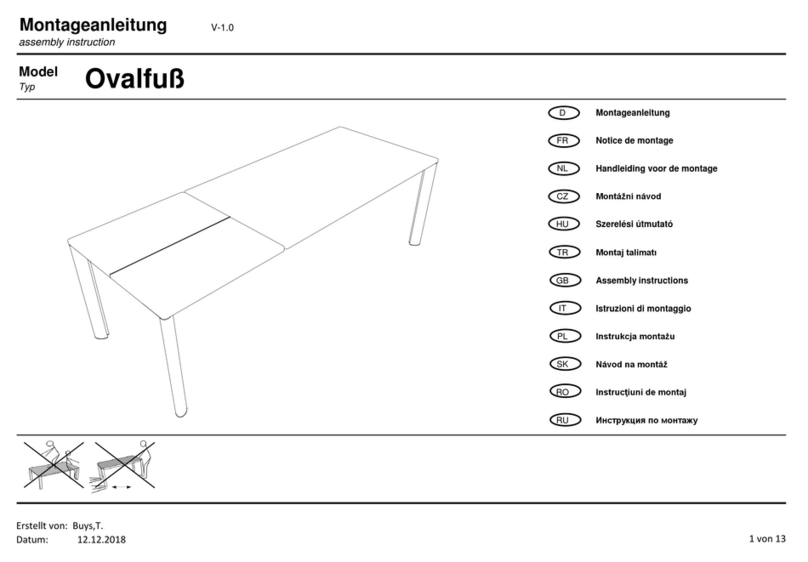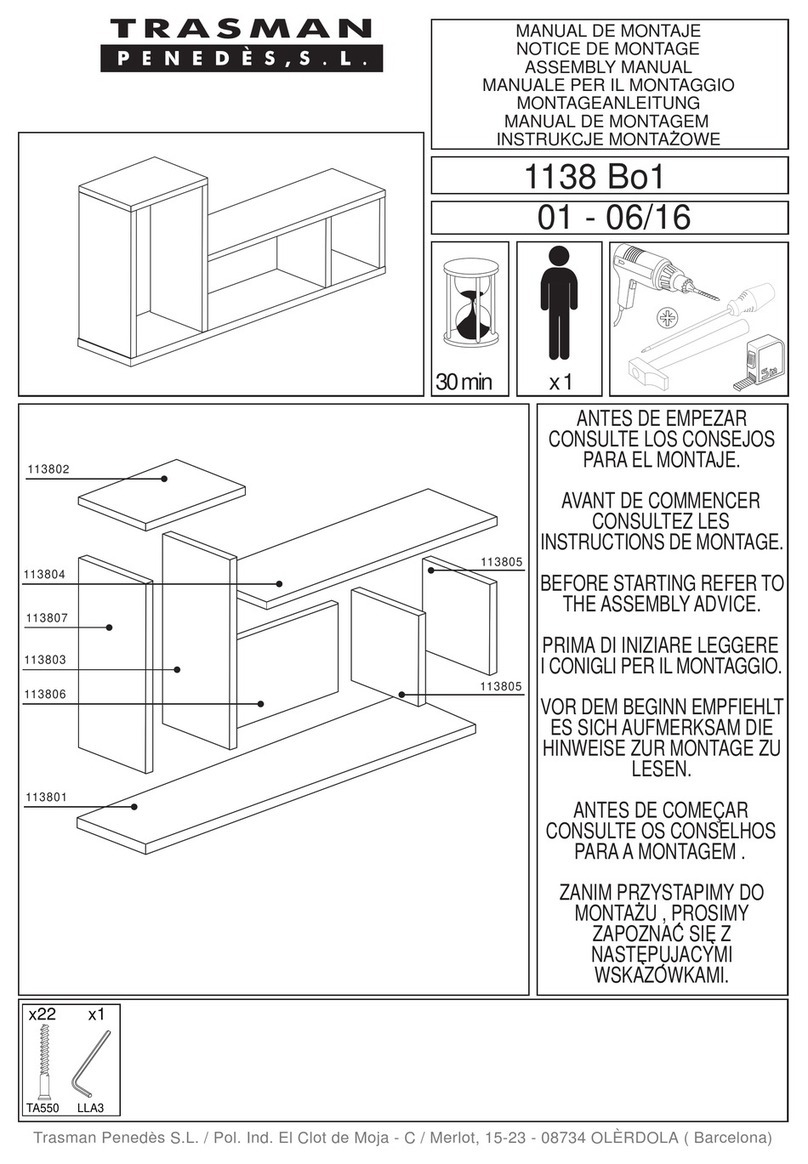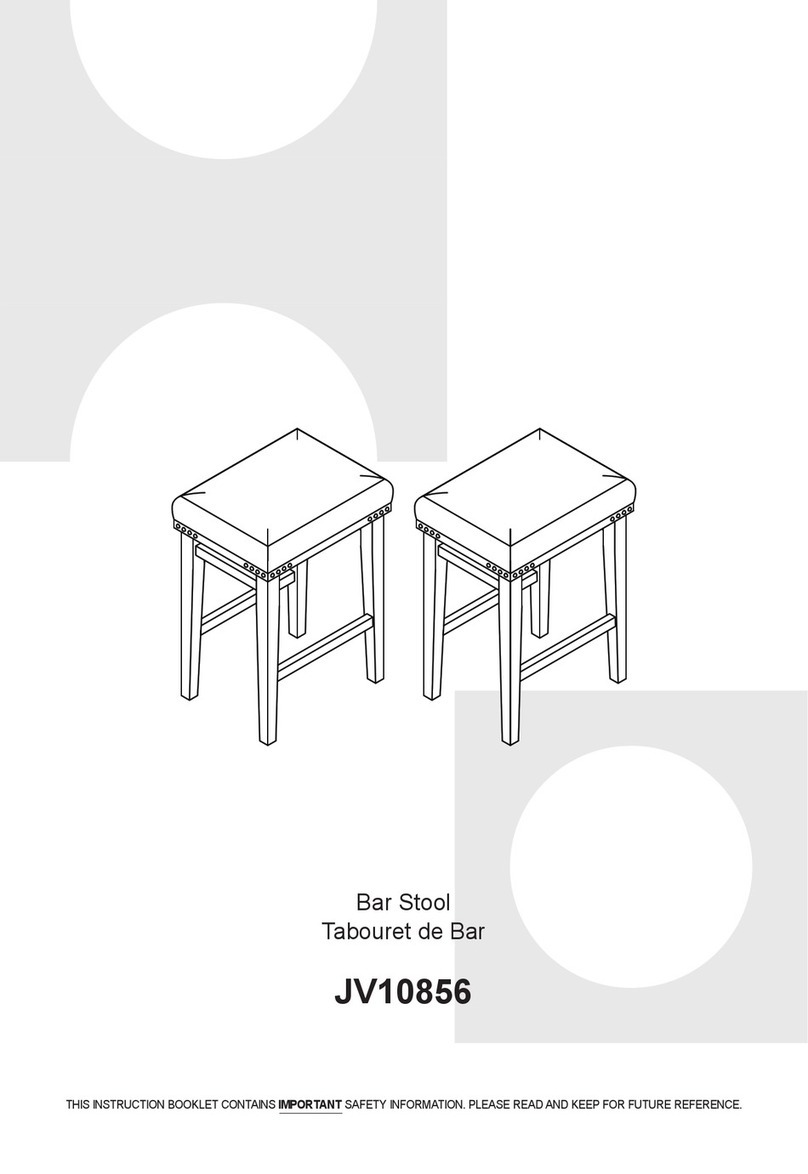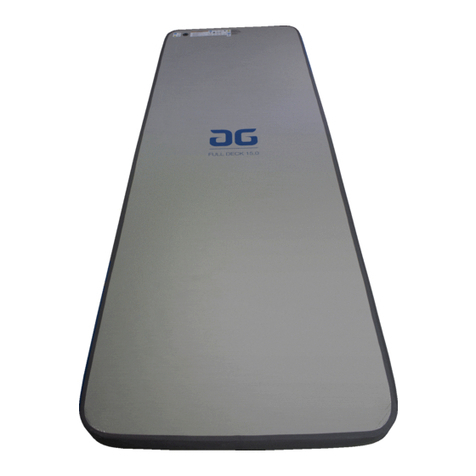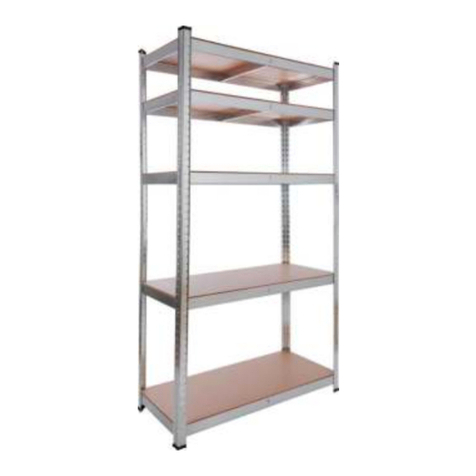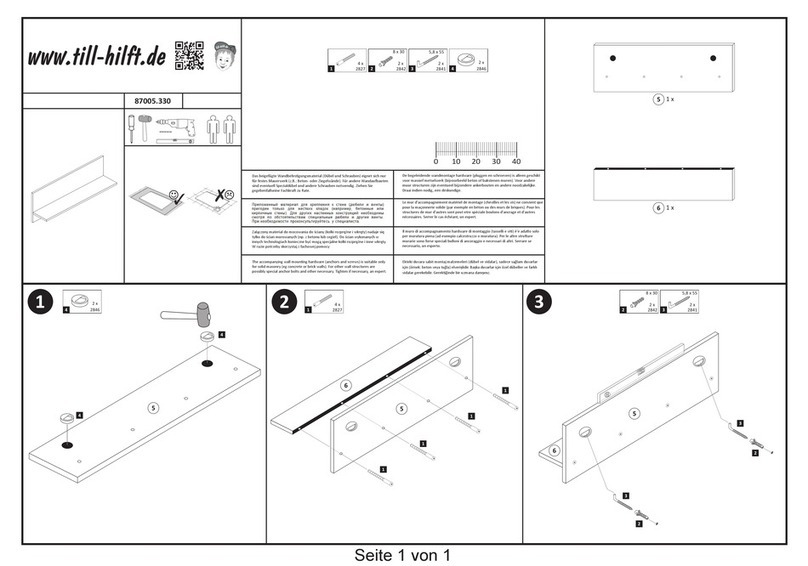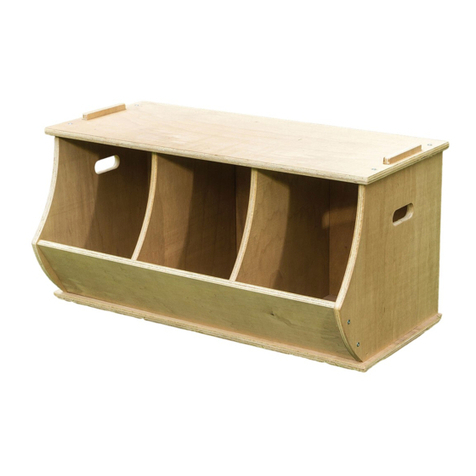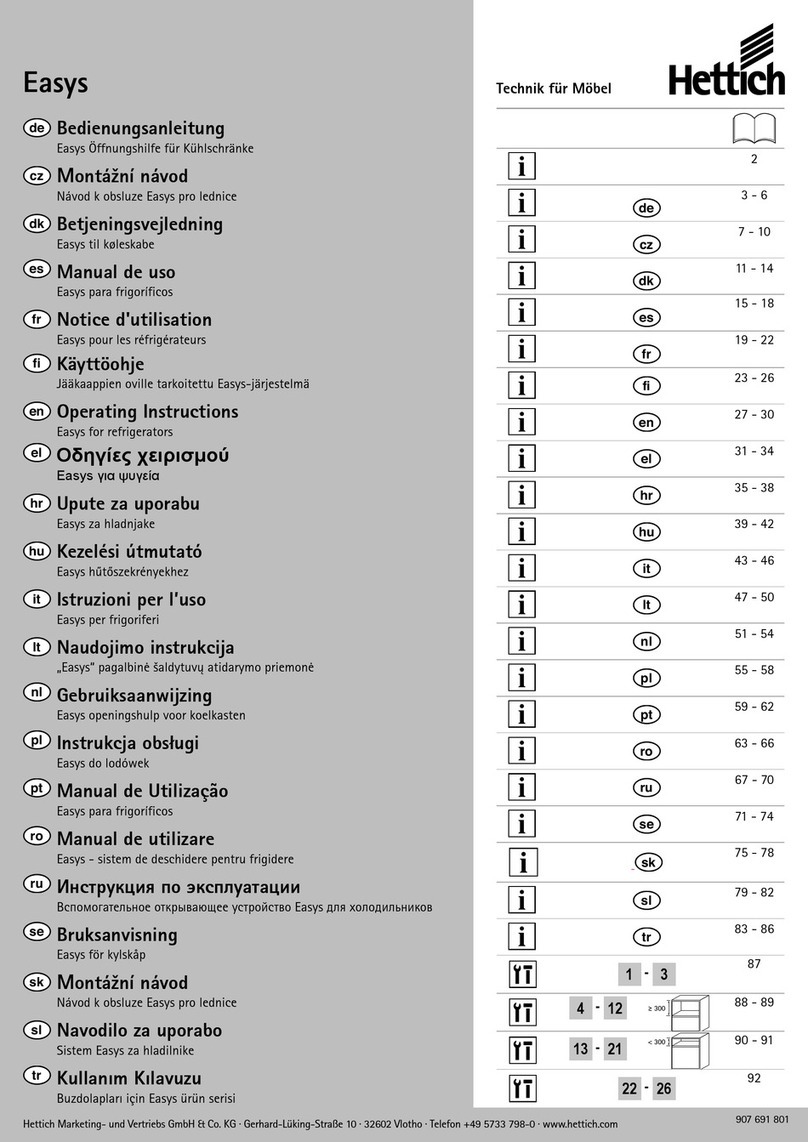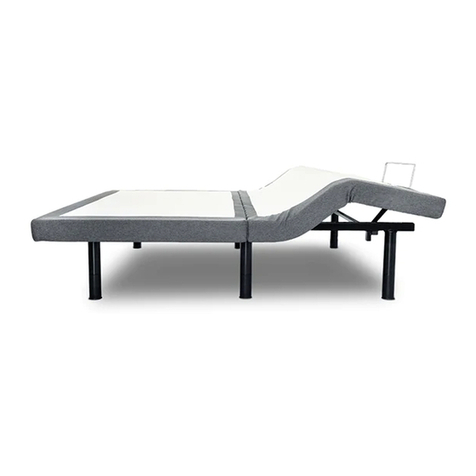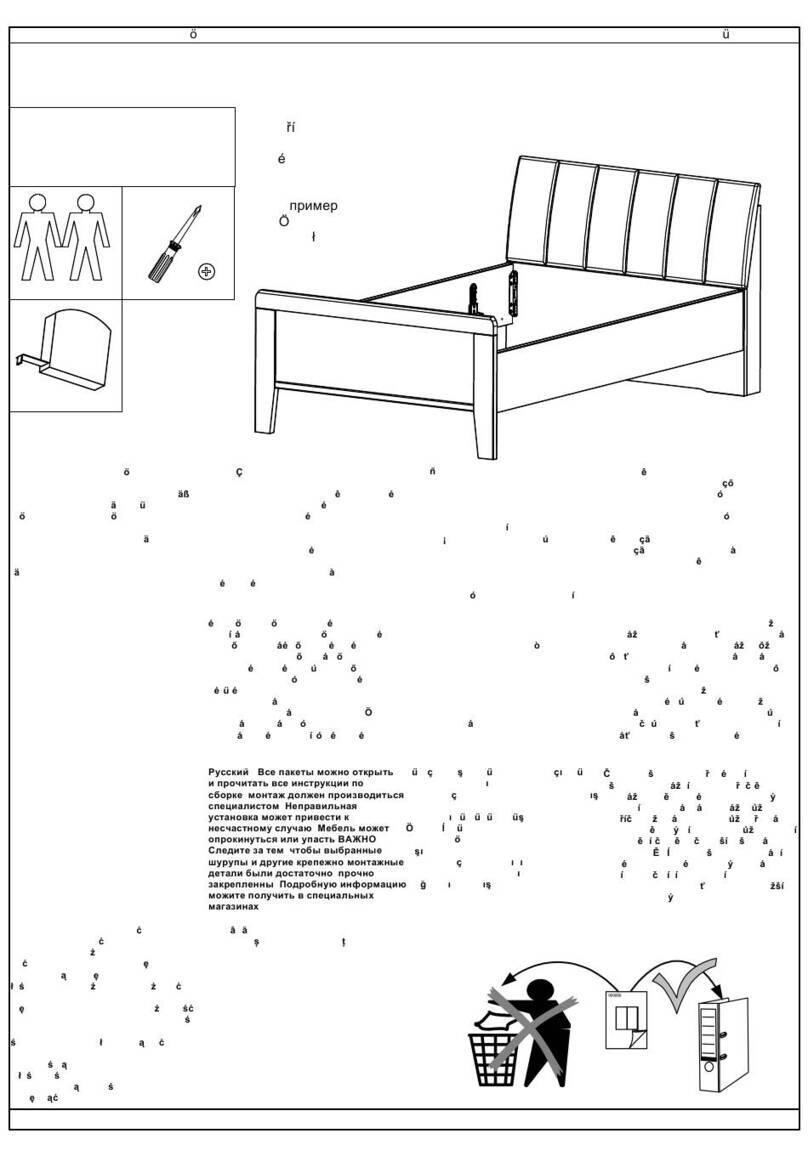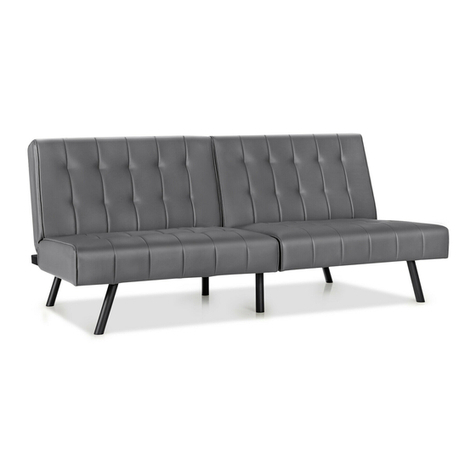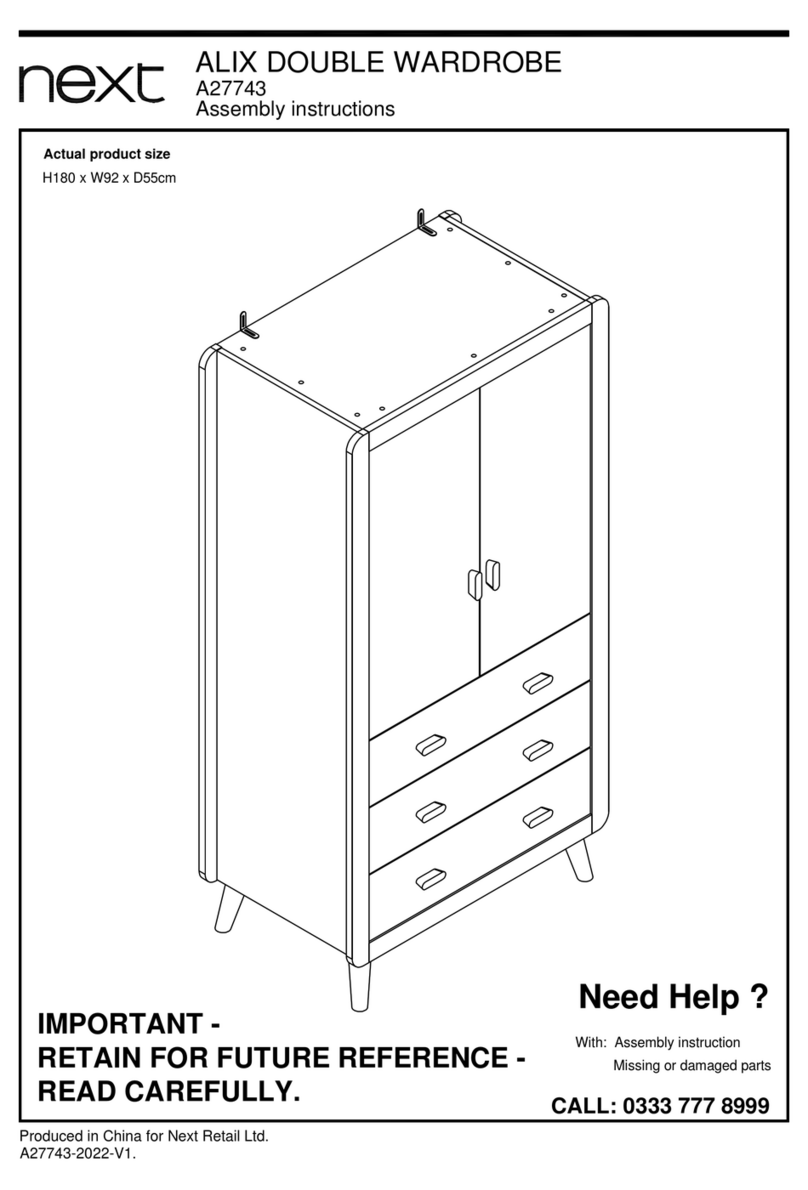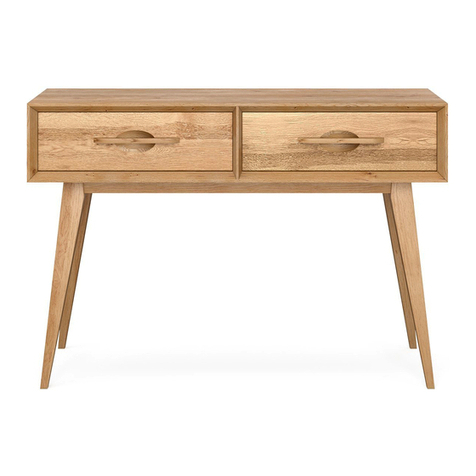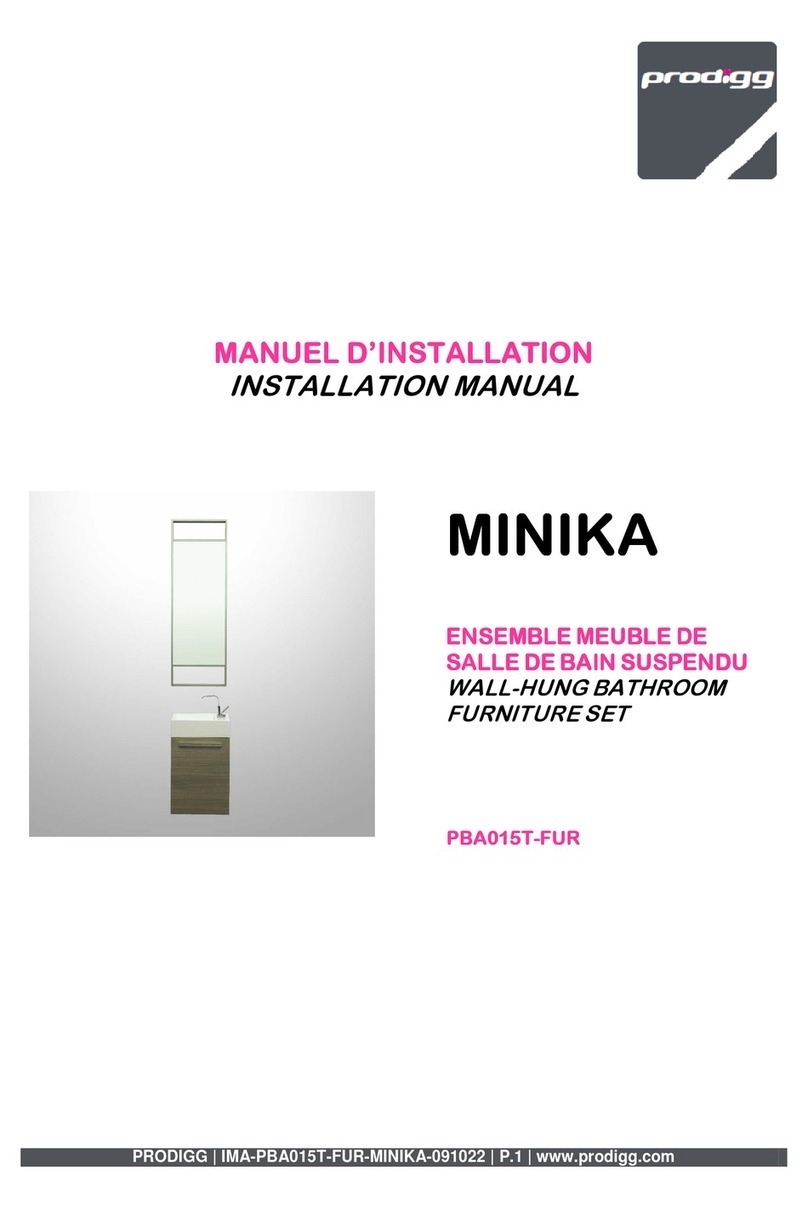
Introduction to the G-2 chair
What is the G-2?
Underpinned by scientific bio-mechanical
research and ergonomic design principles,
the G-2 range of chairs are sophisticated
and dynamic tilt-in-space seating systems,
providing superior postural support and
exceptional positioning with superior
comfort.
Pressure is managed through the inclusion
of Reflexion™ foam on all user contact
surface areas and the choice of
Reflexion™ foam or Intelli-Gel
®.
Key to the G-2 range is the ability to easily
adjust the tilt-in-space positioning to
facilitate ultimate pressure management
without over-exertion by the carer or indeed
the user.
Positioning is made effortless with the
option of either Gas Action or Electrically
powered adjustments, whilst with
Regulated Motion the tilt-in-space
movement continuously changes.
Why is there a need for this type of
chair?
The ability of a seated person to function
efficiently and perform activities depends
on their ability to adopt the appropriate
posture. All activity is posture dependent.
If a person cannot move or has problems
adjusting their posture, it may be necessary
to use seating to try to provide externally
what is limited internally.
The G-2 helps fulfil the need to maintain an
individual’s seated posture yet
re-orientate and redistribute pressure. This
is achieved by using the tilt-in-space and
legrest elevation properties that are key to
the functionality of the G-2 chairs. These
features have been automated in the
Regulated Motion G-2.
Who should consider using the
G-2?
Designed for those seated for long periods,
semi and non-ambulant users or for those
with neurological and postural related
problems, the G-2 can be used within a
variety of different environments including
domestic homes, hospitals, hospices and
nursing homes.
G-2 Product Information
Range
There are three G-2 chair designs:
1. G-2 with Gas Action Adjustment
2. G-2 with Electric Adjustment
3. G-2 with Regulated Motion
Pressure Relieving Seat Options
•Reflexion™ Foam Seat Module
•Intelli-Gel®Seat Module
Headrest Options
•Universal, Curved or Cushioned
Headrests
•Two different rear wheel sizes
•Standard or Contrasting Large
Buttoned Hand Controller
Accessories
•Choice of headrest
•Leg-Laterals
•Laminated Tray with straps
•Headcap
•Back Extension to increase back height
by 100mm
•Lap-Belts and Pelvic Positioners
Questions and Concerns
Should you experience any difficulties or
have any concerns regarding the initial
purchase or subsequently adjusting the G-2
chair or have any concerns regarding its use
or operation then immediately contact either
your Kirton representative, distributor or our
Customer Services Team on Freephone
0800 212709 or +44 (0) 1440 705352, they
will be delighted to help you.
The User Instructions
The purpose of the following user instructions
is to provide a guide on how to utilise, adjust
and maintain the G-2 chair.
These instructions should be read by all
those involved with the supervision of the
user and/or the care of the chair before use.
The G-2 must be adjusted in terms of seat
length, tilt-in-space, legrest and lateral
support positioning for each individual using
the chair to ensure safe and comfortable use.
Please retain these instructions with the Care
and Maintenance card enclosed for future
reference.
Page 2


